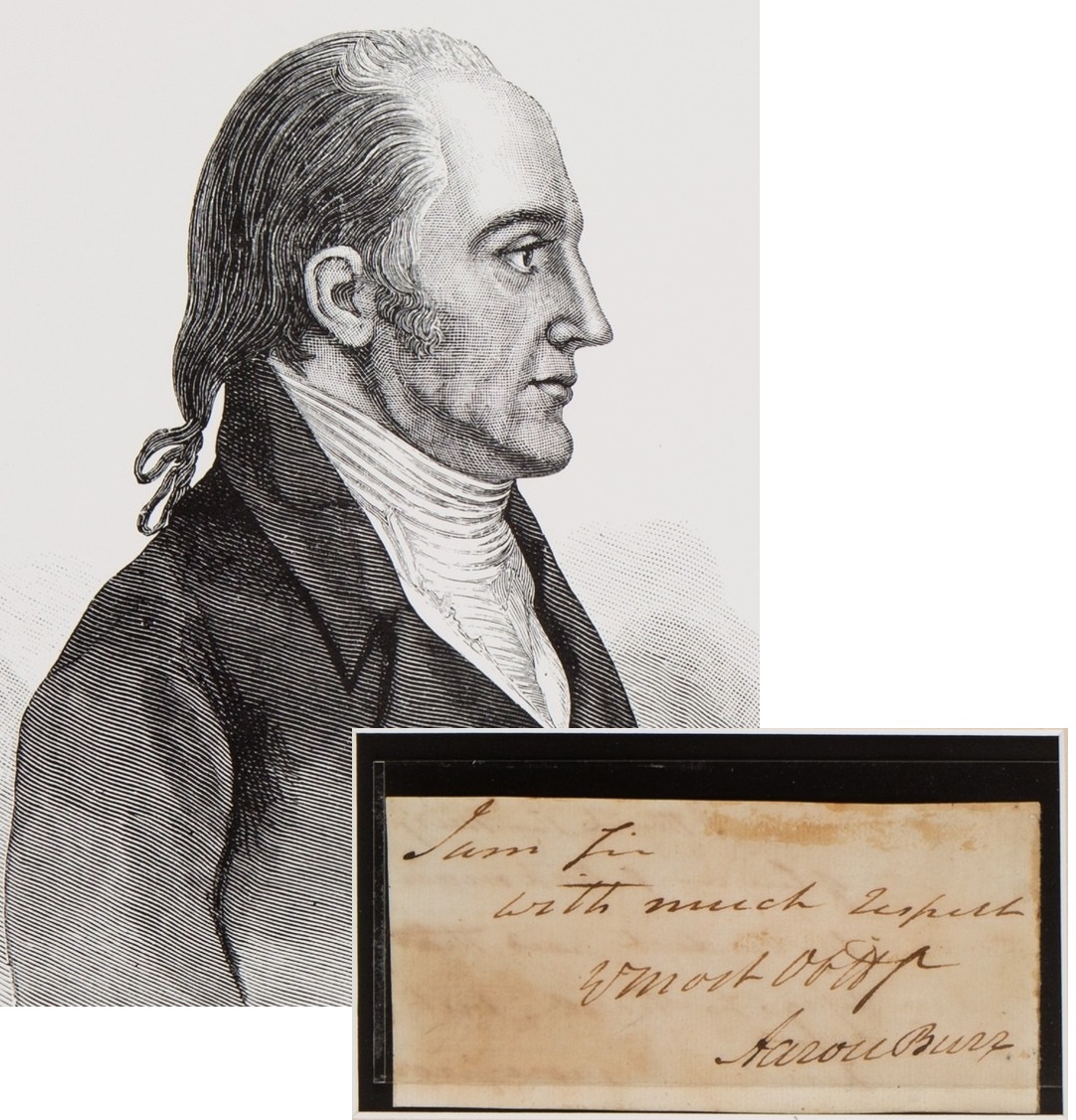
By Jim O’Neal
During the 1787 U.S. Constitutional Convention, there was a heated debate between delegates from southern and northern states over how to count slaves when determining a state’s population for both legislative representation and taxes. Finally, the “Three-Fifths Compromise” was reached, giving southern states one-third more seats in Congress and one-third more electoral votes than if slaves had been excluded.
In the presidential election of 1800, Vice President Thomas Jefferson and Aaron Burr were able to defeat incumbent President John Adams and Charles C. Pinckney due to this single factor. However, under Electoral College rules of the day, it took 36 votes in the House of Representatives to make Jefferson president and Burr vice president. This caused a major rift between the two men. Then the relationship really turned bitter after Burr killed Alexander Hamilton in a duel on July 11, 1804.
Burr was charged with murder in New York and New Jersey, but neither reached trial after courts overturned the grand jury indictment. Burr fled to Georgia, but returned to Washington, D.C., to complete his term as vice president and presided over the impeachment trial of Supreme Court Justice Samuel Chase. The Senate refused to convict Chase and he remains the only Justice of the Supreme Court to be impeached.
This was followed by a bizarre series of events involving Burr that included a suspected conspiracy to recruit a group of volunteers for a military expedition down the Mississippi River, provoke a war with Spain, hoping to split off some western states, and create a new inland empire. The expedition collapsed almost immediately and a co-conspirator of Burr betrayed him by sending alarming messages to President Jefferson. Convinced of Burr’s guilt, Jefferson ordered his arrest and he was taken into custody and treason charges were filed. Burr escaped, but was recaptured and taken to Virginia for trial.
In Richmond, they learned the electrifying news that Burr, former VP of the U.S., had been accused of treason and his trial would be held in their courthouse. The trial of such a prominent person attracted legal officials from a broad area. Chief Justice John Marshall was picked to preside over the trial and Burr’s defense lawyers included Edmund Randolph (U.S. Attorney General under George Washington) and Charles Lee, Attorney General for John Adams. The chief prosecutor was James Monroe’s son-in-law, George Hay.
Notable witnesses included Andrew Jackson, a friend of Burr who thought Jefferson was maligning him and started picking fights with Jefferson’s friends – even challenging star witness General James Wilkerson to a duel. Wilkerson was the co-conspirator who provided the incriminating evidence to Jefferson.
The trial started on May 22, 1807, but despite all the intriguing circumstances, there was a lack of evidence as explicated by Judge Marshall and the jury declared the accused not guilty in September. Most observers conceded that the outcome was inevitable. However, Burr’s political career was finally ended and he left America on a self-imposed exile in Europe (presumably to escape his creditors!).
 Intelligent Collector blogger JIM O’NEAL is an avid collector and history buff. He is president and CEO of Frito-Lay International [retired] and earlier served as chair and CEO of PepsiCo Restaurants International [KFC Pizza Hut and Taco Bell].
Intelligent Collector blogger JIM O’NEAL is an avid collector and history buff. He is president and CEO of Frito-Lay International [retired] and earlier served as chair and CEO of PepsiCo Restaurants International [KFC Pizza Hut and Taco Bell].
